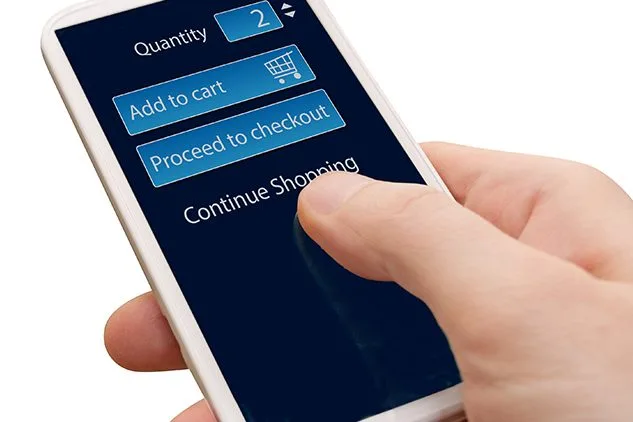Why Shoppers Abandon Carts in the Omnichannel Age

Less than half of all online shoppers actually convert into customers — and often, that drop-off occurs during checkout. In fact, according to recent data gathered by Baymard Institute, the average cart abandonment rate falls around 69.8%.
In this post, we’ll take a look at 3 reasons why this happens, and offer some advice to counter it.
Long Delivery Time
Thanks to the push for faster delivery by major eCommerce stores like Amazon and retailers like Walmart, your customers expect packages to arrive on their doorstep within 1-2 days of placing the order.
Unfortunately, that isn’t always possible. Long distances between your fulfillment centers and customers’ homes can lengthen delivery times. And if your products are out of stock, fulfillment can take even longer.
The hard reality is, many customers won’t care. If they come in with an expectation of same-day delivery and the checkout page says the order will take 7-10 days or more to arrive, 25% of your customers are likely to abandon their shopping cart and go elsewhere.
What Can You Do?
Somehow you need to shorten your order cycle time, so your customers can get their purchased products sooner.
One of the easiest ways you can do that is by using an omnichannel order management system to connect your inventory across your organization. The more options you have available for each order, the less your customers will deal with stockouts or long order cycle times.
Limited Fulfillment Options
Whether your customers want their product shipped right to their doorstep or prefer to pick it up curbside on their way home from work, many customers aren’t willing (or able) to be flexible. As a result, if your fulfillment options are limited, your shoppers are more likely to jump ship in favor of a competitor.
To keep your customers happy, you need to offer a variety of fulfillment options for all of your products like:
- Buy online, pickup in-store (BOPIS)
- Curbside pickup (BOPAC)
- Delivery
- In-store shopping (if possible)
How Do You Offer Multiple Fulfillment Options for the Same Product?
The answer is actually really simple. By connecting all of your inventory into an organization-wide logbook, you can leverage multiple fulfillment methods to get orders to your customers.
For example, if a customer wants to pick up an “online only” item curbside, you can have the item shipped from the nearest warehouse or fulfillment center to the store rather than your customer’s home. And if the same customer wants an “in-store” product delivered, you can use ship-from-store and employee delivery methods to get the product where it needs to be.
Surprise Costs
In many cases, cost can mean the difference between a sale and a lost opportunity. This is true whether your customers are looking at physical price tags or totaling up their order online.
However, your customers don’t always anticipate the expenses that go along with order delivery. As a result, 49% of online shoppers abandon their carts to avoid the added costs of shipping and handling fees and taxes.
What Does This Mean for Your Business?
While “free shipping” is ideal, you need to have the right pieces in place to offer it. Otherwise, you can quickly find yourself slipping into the red, financially.
For many retail and eCommerce businesses, that means negotiating better rates with carriers and accommodating product prices to offset the expense. However, you can also partner with a 3PL that has a strong carrier network in place and low enough prices to slash the additional costs from your customers’ checkout forms.
If your customers are routinely faced with surprise fees, long delivery times, and limited fulfillment options — you’re likely losing them to your competitors. Fortunately, by partnering with an omnichannel order management provider, you can solve many of these issues easily.
